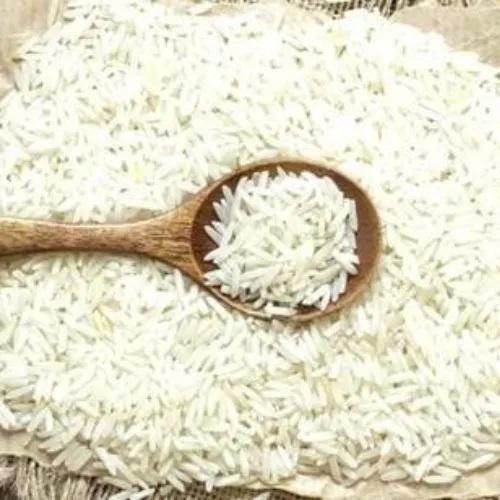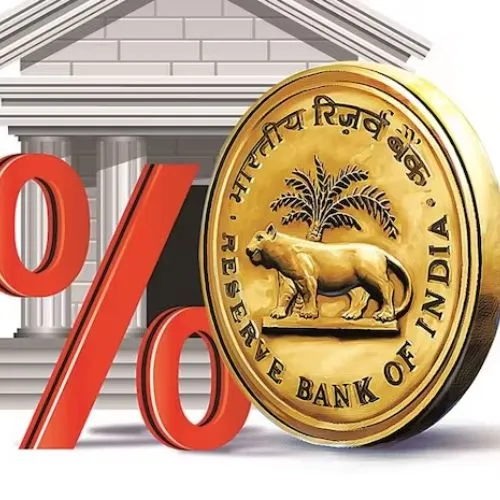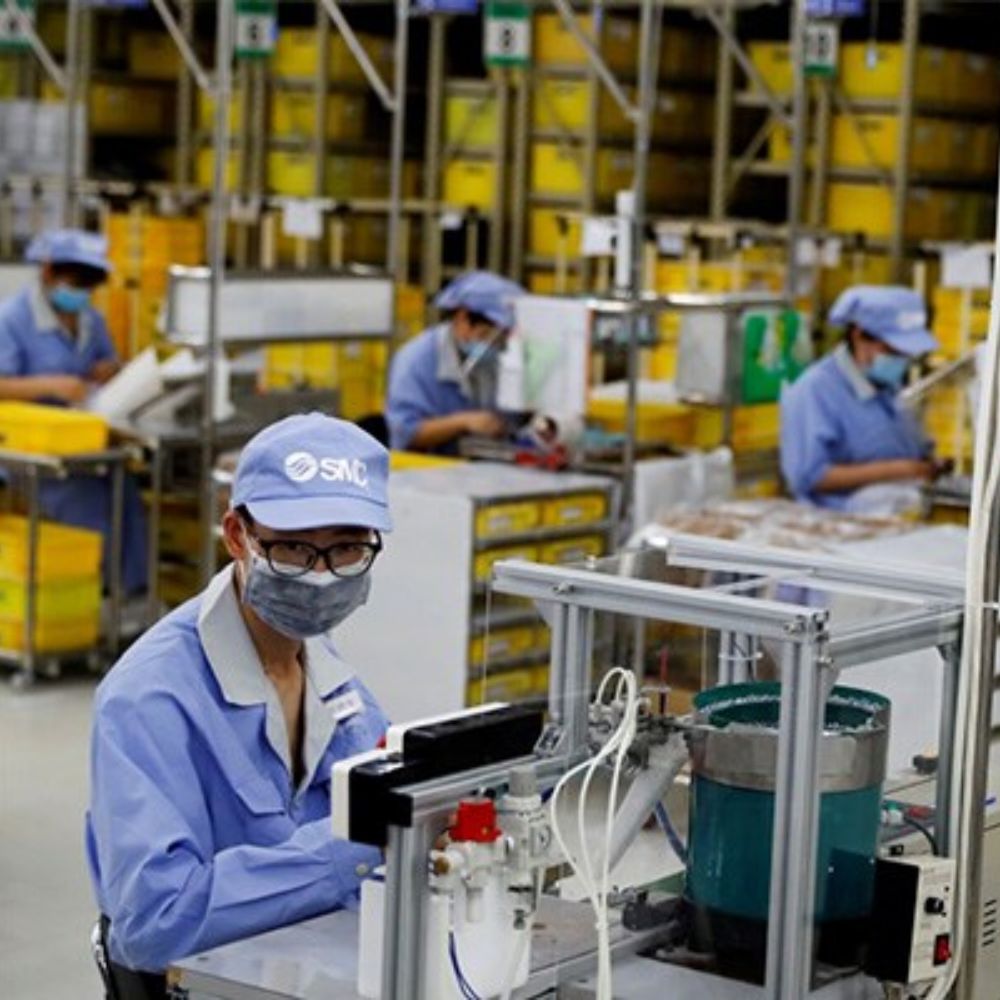Government Extends Minimum Export Price (MEP)
In response to ongoing efforts to control the export of rice, India has announced its decision to maintain the minimum export price (MEP) for basmati rice. This decision was made public through a government order on Saturday. The MEP, which was initially imposed in August, is set at $1,200 per ton and aims to stabilize local rice prices, particularly in preparation for key state elections.
Extension of MEP
The government’s recent order has extended the MEP beyond its initial deadline, which was scheduled to end on a Sunday. The continuation of the MEP will remain in effect until further notice, signifying the government’s intent to keep a close watch on basmati rice exports.
Curbing Non-Basmati Rice Exports
India’s efforts to regulate its rice exports extend beyond basmati rice. In July, the country implemented a ban on the export of non-basmati white rice. This move was made in order to bolster domestic rice supplies and maintain stable retail prices, especially as the festive season approached.
Duty on Parboiled Rice Exports
Furthermore, India imposed a 20% duty on the export of parboiled rice. These measures are intended to ensure that non-basmati rice isn’t mislabeled and exported as basmati rice.
Measures to Control Non-Basmati Rice Exports
India’s restrictions on rice exports now encompass all non-basmati rice varieties. This includes non-basmati white rice, which constitutes about a quarter of the country’s total rice exports.
Background on Non-Basmati Rice Export Restrictions
The ban on non-basmati white rice exports was motivated by rising food grain prices and increased export volumes. In the April-June period of the current fiscal year, India exported 15.54 lakh tonnes of non-basmati white rice, a significant increase from the previous year’s 11.55 lakh tonnes. These actions were aimed at bolstering domestic food grain supply and stabilizing retail prices, particularly in the context of the festive season.
Inflation and Export Figures
India’s annual retail inflation rate was reported at a three-month low of 5.02% in September, reflecting the government’s commitment to maintaining price stability in essential food items.
Basmati and Non-Basmati Rice Export Statistics
In terms of rice exports, India holds a prominent position. In the 2022-23 fiscal year, India exported basmati rice worth USD 4.8 billion, equivalent to a volume of 45.6 lakh tonnes. On the other hand, exports of non-basmati rice amounted to USD 6.36 billion in the last fiscal year, with a total volume of 177.9 lakh tonnes.
Positive Rice Production Figures
According to data from the agriculture ministry, India’s rice production for the 2022-23 crop year (July-June) is estimated to have increased to 135.54 million tonnes. This marks a notable uptick from the 129.47 million tonnes produced in the previous year.
In conclusion, India’s policies concerning rice exports, especially basmati and non-basmati varieties, have been carefully designed to maintain price stability, bolster domestic food grain supply, and support local agricultural producers. These measures reflect the government’s commitment to ensuring food security and managing inflation, while still maintaining its strong position in the global rice export market.















